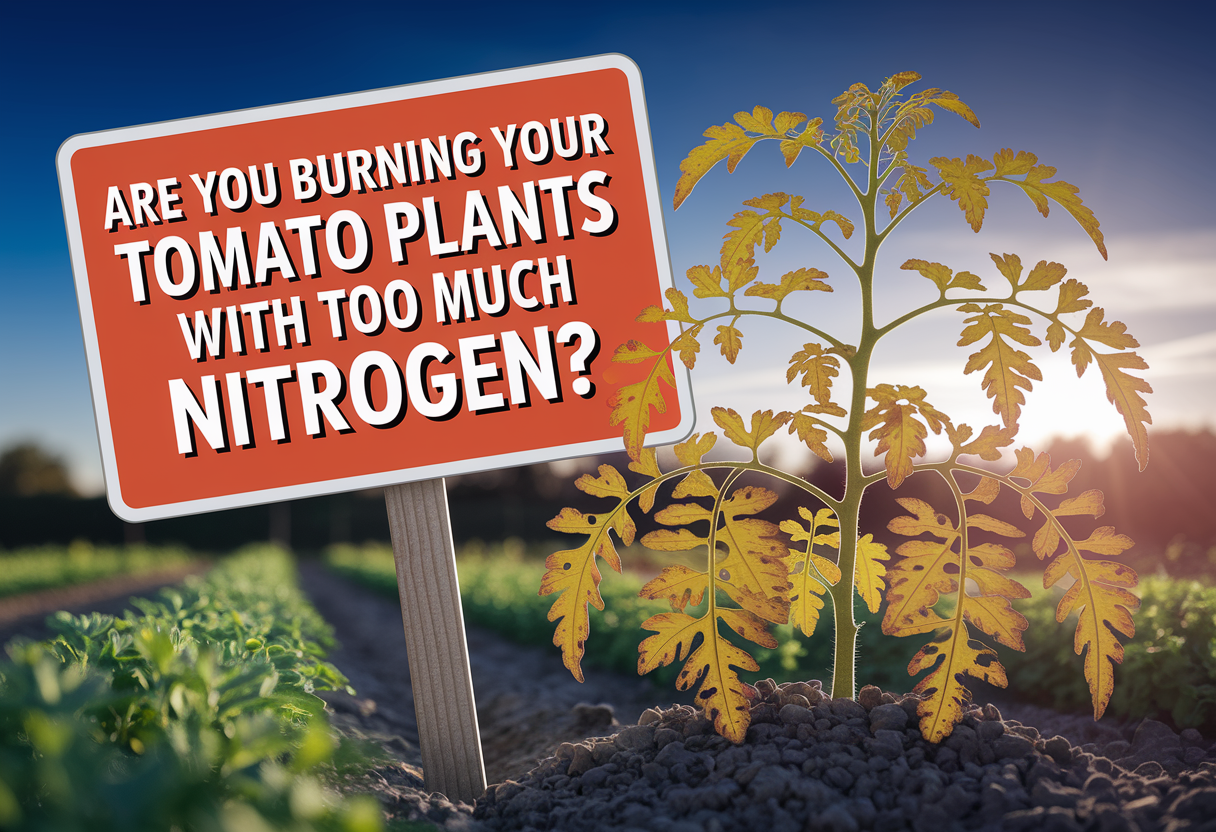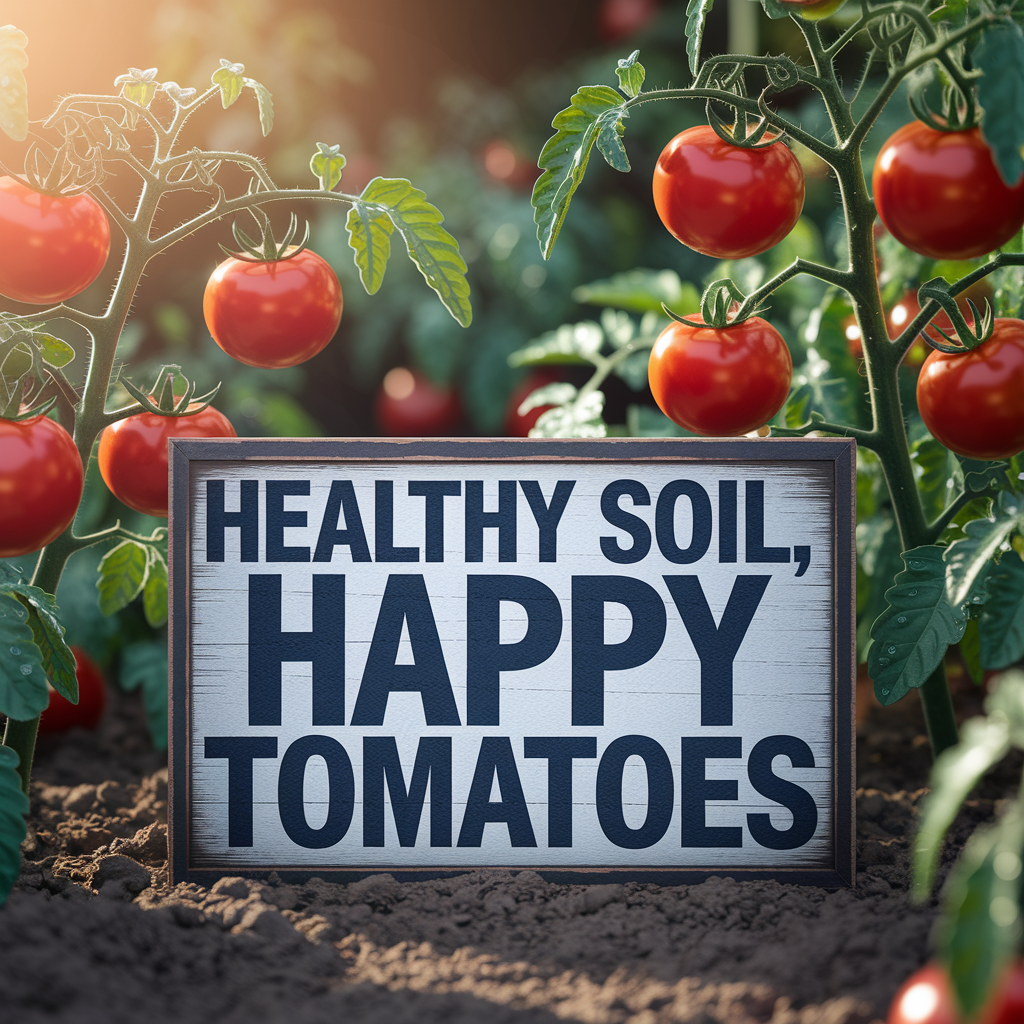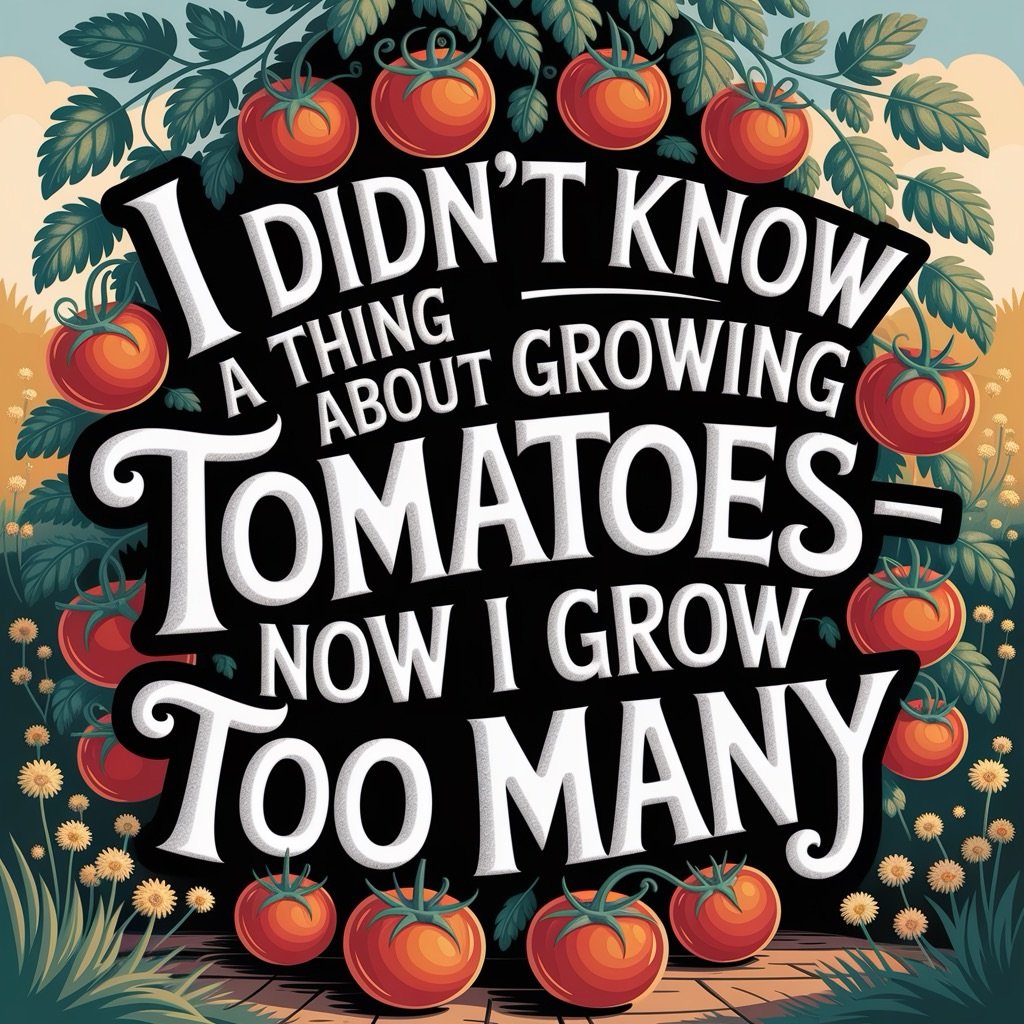
The Truth About Tomato Varieties: What I Wish I Knew Sooner
When I first tried to grow tomatoes at home, I picked a variety based solely on one thing: the picture on the seed packet. It looked big and juicy, so I thought, “Yeah, that’s the one.” Huge mistake.
Here’s the thing most beginners (including me) don’t realize—not all tomatoes grow well in all places, and not every type is beginner-friendly. I wish someone had told me that choosing the right variety is half the battle.
So, let me save you some trouble.
If you’re just starting out, cherry or grape tomatoes are your best bet. They’re fast-growing, super forgiving, and way less likely to split or get finicky about nutrients. Sun Gold, Sweet 100, or Black Cherry—you pretty much can’t go wrong with any of those.
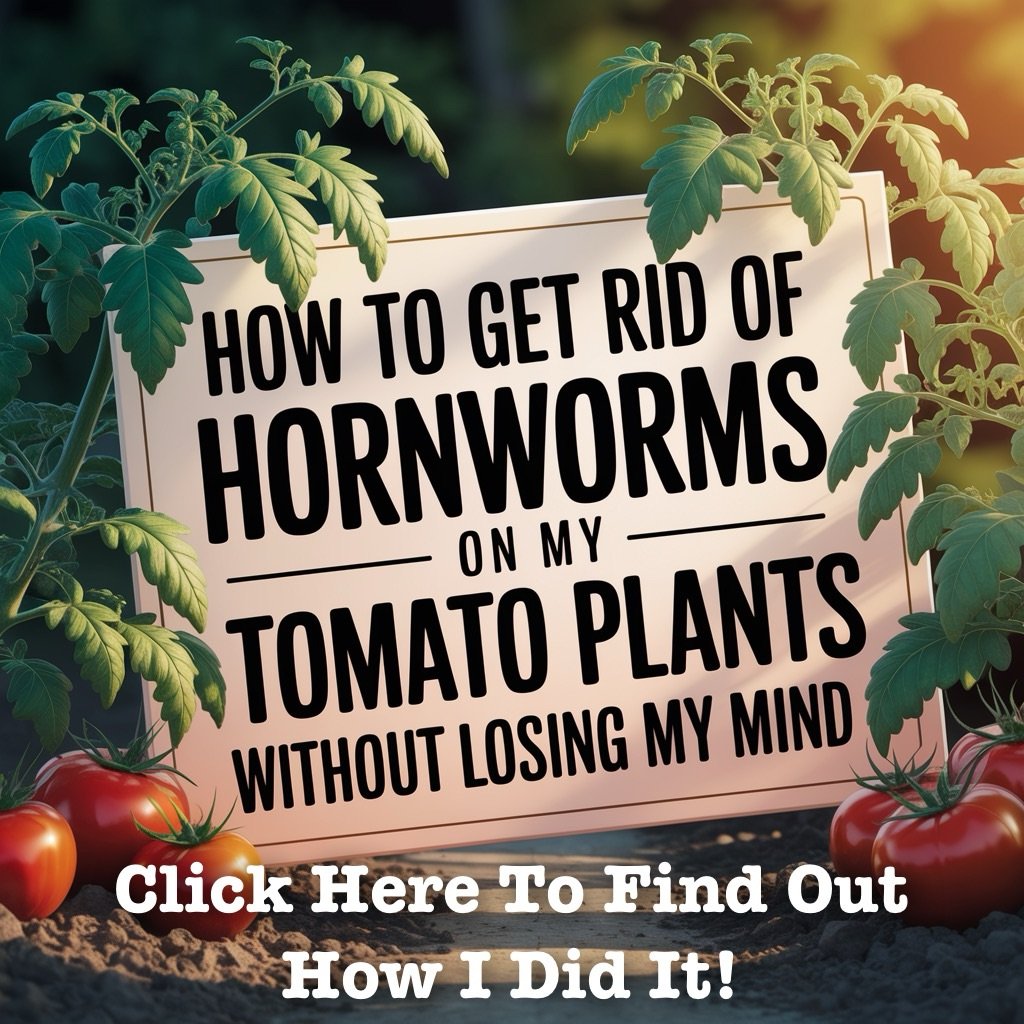
If you’re set on growing slicing tomatoes or big juicy ones for sandwiches (I get it, I was too), then look for hybrid varieties like Celebrity, Early Girl, or Better Boy. These are bred to resist disease and bounce back from common beginner mistakes—like that time I planted mine way too close together and they nearly turned into a jungle.
Want heirlooms? Go for it—but just know they’re a bit trickier. I love them now, but they took me a couple seasons to figure out. Brandywine tastes incredible, but the plants are kind of drama queens.
Also, check your growing zone or region. Some tomatoes just can’t handle cooler nights or high humidity. I once planted a variety perfect for the dry Southwest… while living in the Midwest. Let’s just say it didn’t thrive.
Bottom line? Start simple, pick a variety that suits your space and climate, and save the fancy stuff for round two. Your future self (and your BLTs) will thank you.
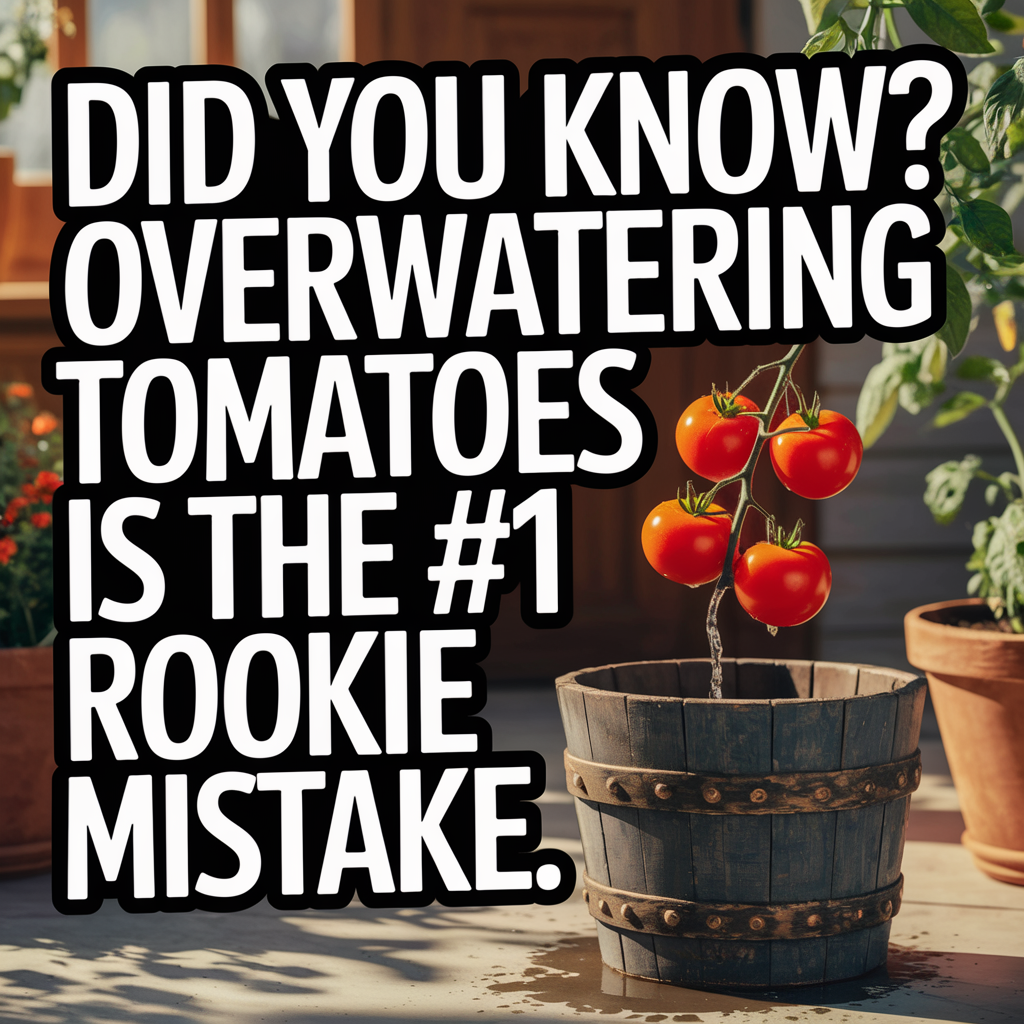
Sunlight, Soil, and Soggy Mistakes: What Killed My First Plants
I’ll never forget the look of defeat on my first tomato plant—it just sat there, pale and floppy, like it had completely given up on life. At first, I blamed the weather. Then the soil. Then the plant itself. But deep down, I knew it was me.
Looking back, the problem was a combo of three things: too little sunlight, crummy soil, and way too much water. It’s honestly a miracle that plant lasted as long as it did.
Let’s break it down.
Sunlight
This is non-negotiable. Tomatoes need full sun—at least 6 to 8 hours of direct sunlight every single day. My first plant was stuck in a shady spot that only got filtered light in the morning. It stretched out like it was begging for sun, and never stood a chance.
Now, I plant only where I know the sun hits hard—front yard, patio, or I use rolling containers to follow the light.
Soil
I used to think all dirt was the same. (Oops.) I planted my first tomato in the sad, compacted soil that came with the house. No compost, no nutrients, no drainage. It’s like I handed the plant a bed of rocks and said, “Good luck.”
Tomatoes need rich, well-draining soil. If you’re growing in containers, use a potting mix made for vegetables—not the cheapest bag at the store. For garden beds, mix in compost or well-aged manure to give the roots something to work with.
Water
I loved that first tomato plant to death. Literally. I watered it daily, sometimes twice a day, thinking I was being helpful. I didn’t realize that overwatering is just as dangerous as underwatering—maybe worse.
Now I do the simple finger test: stick my finger in the soil about an inch deep. If it feels dry, I water. If it feels damp, I wait. Once I got that part down, my plants stopped looking like they were melting in slow motion.
Those early mistakes hurt, but they taught me what really matters. If your tomato plants look like they’re struggling, these are the first three things I’d check. And most of the time? One of them is the culprit.
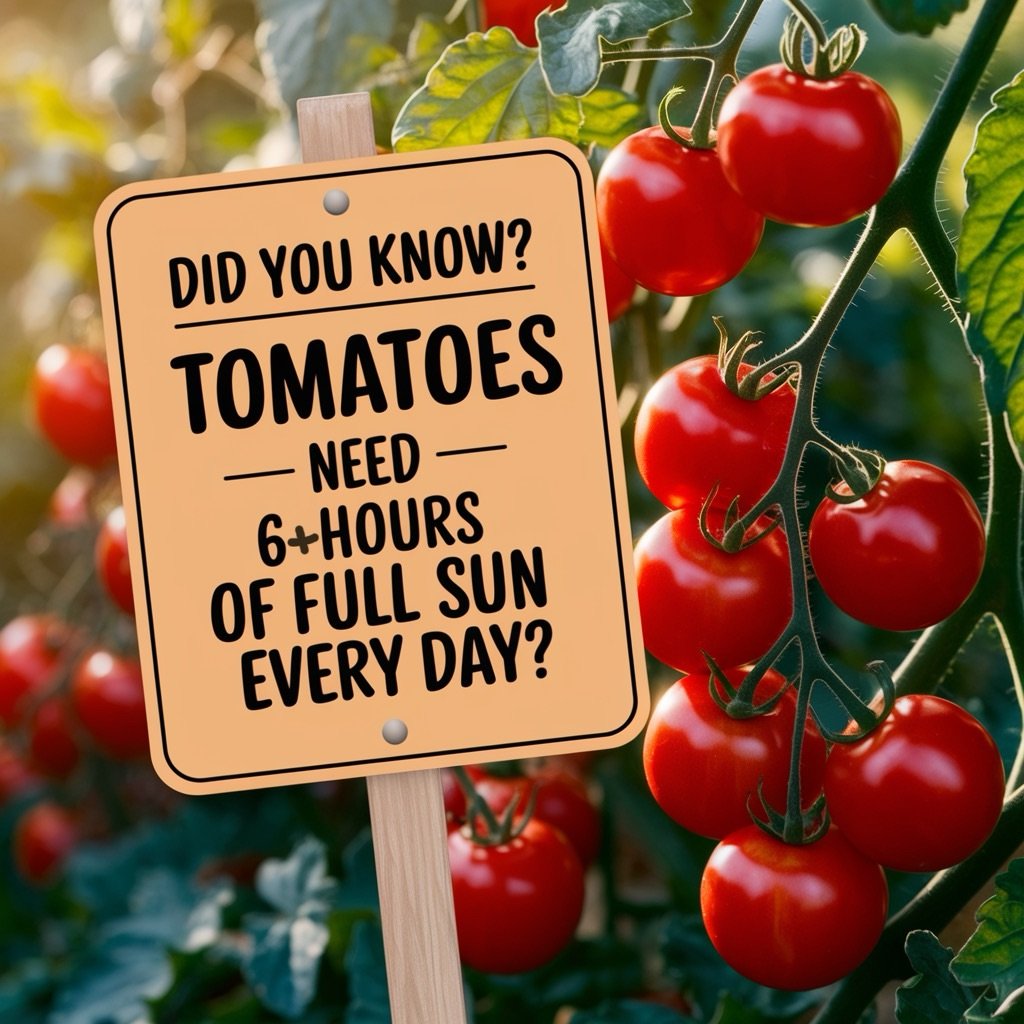
Watering Tomatoes Without Ruining Them
Watering sounds simple, right? Just give your tomato plants a drink and walk away. That’s what I thought too… until my plants started splitting, drooping, and looking like they couldn’t decide whether they were drowning or dying of thirst.
Tomatoes are weirdly picky when it comes to water. Too much, and the roots rot. Too little, and the fruit cracks or stops growing altogether. What finally helped me figure it out was treating watering like a routine—something consistent and based on the actual needs of the plant, not the weather app on my phone.
Here’s what I do now:
- Deep, infrequent watering
I don’t water every day. I water every 2–3 days deeply. That means letting the water soak all the way down to the roots. A quick sprinkle on the surface does nothing. When I water, I make sure the soil gets moist about 6 inches deep. - Check the soil before watering
Seriously, just use your finger. If the top inch or two of soil is dry, it’s time to water. If it’s still moist, leave it alone. I learned this one the hard way after turning my first pot of tomatoes into swamp land. - Water early in the day
I try to water in the morning, so the leaves have time to dry off if they get splashed. Wet leaves overnight = higher risk of fungus and disease. If I miss the morning, I aim for late afternoon—but never at night. - Consistent watering = no cracking
You know those tomatoes that look great on the outside, then crack open like a burst balloon? That’s usually from inconsistent watering. I once forgot to water for a few days, then overdid it. Boom—every single tomato split.
Now I stick to a rhythm, and my fruit stays firm and happy.
Tomatoes don’t need fancy watering gadgets or apps—just attention and a little consistency. Once I got into a good watering routine, I saw a huge difference in how strong and healthy my plants looked. Honestly, I think half of growing tomatoes is just learning when to back off.

Tomato Cages, Stakes, and “Why Is This Plant Flopping Over?”
I remember walking outside one morning and finding my once-proud tomato plant completely collapsed—branches everywhere, tomatoes touching the dirt, and one of the stems snapped in half. That was the day I learned that supporting your tomato plants isn’t optional.
Tomatoes aren’t like lettuce or peppers. They grow fast, get heavy, and if you don’t give them some structure, they’ll flop over and turn into a tangled mess. Not only does that look rough, but it also invites pests, disease, and rot. Ask me how I know.
There are a few ways to support your tomato plants. I’ve tried them all, and here’s what’s worked for me:
1. Tomato Cages (for small varieties)
These are the round wire cages you’ll see at every hardware store. They’re okay for cherry tomatoes or bush varieties, but they’re useless for big indeterminate plants (the kind that grow and grow all season). I used to think all tomatoes fit in a cage—wrong.
2. Stakes (my go-to method now)
I now use a single wooden or metal stake, tied loosely with garden twine or clips. This works great for taller, vining varieties. As the plant grows, I tie it to the stake every 8–10 inches. It’s simple, cheap, and effective.
3. The Florida Weave (for garden rows)
If you’re growing multiple tomato plants in a row, this method is genius. It’s a system of stakes and string that “weaves” the plants upright. I’ve used this with great success in raised beds and bigger plots. It keeps everything tidy and supported.
What I learned the hard way is that you need to set up your support system early—right when you plant. Don’t wait until the plant is already leaning or loaded with tomatoes. By then, it’s too late. You’ll end up trying to prop it up like a tipsy scarecrow, and it never ends well.
Once I started staking from the beginning, my plants grew taller, straighter, and healthier. Plus, harvesting is way easier when your tomatoes aren’t hiding in a jungle of leaves.
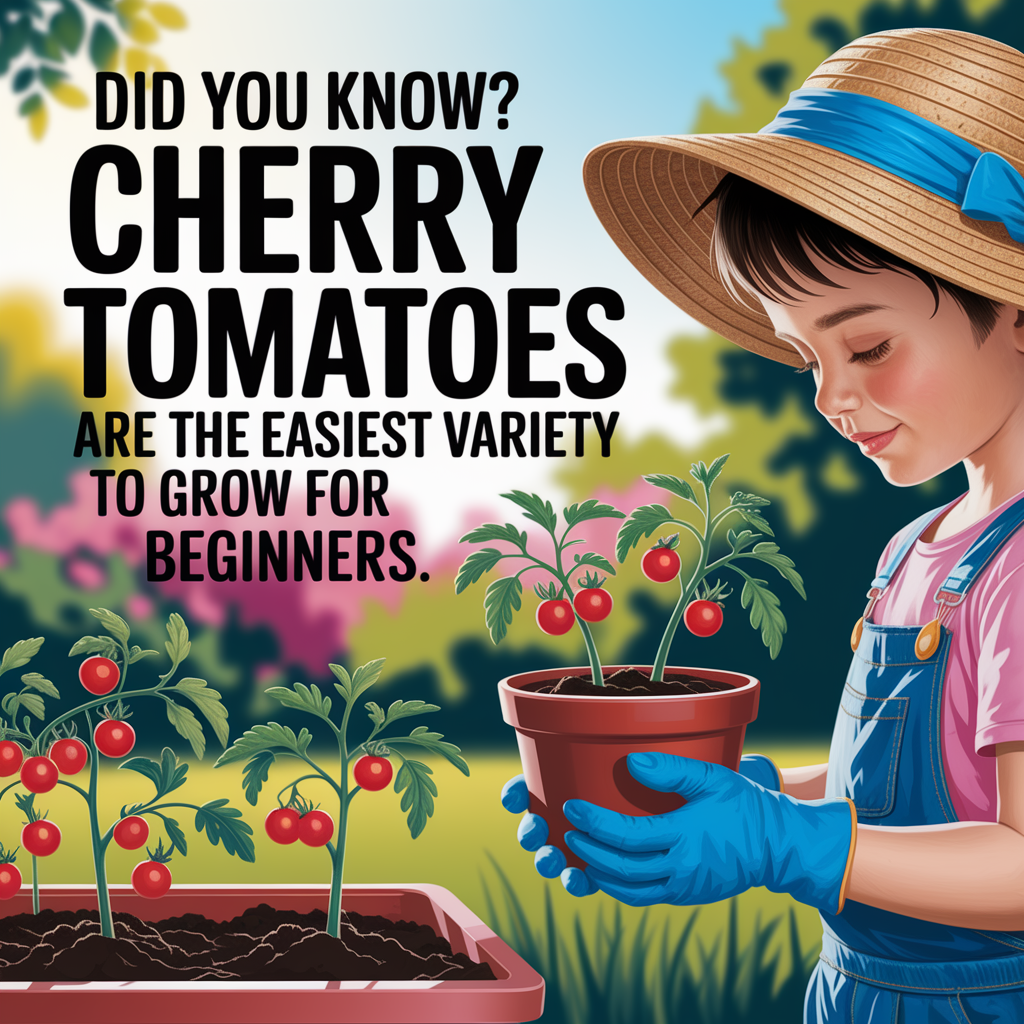
When Things Go Wrong: Yellow Leaves, Bugs, and My Favorite Fixes
The first time I saw yellow leaves on my tomato plant, I panicked. I thought it was dying. I even considered yanking it out and starting over. Turns out, yellow leaves aren’t always a death sentence—they’re just your plant’s way of saying, “Hey, something’s off.”
Now, whenever something starts looking weird, I go through a mental checklist. I’ve learned to stop freaking out and start observing.

Yellow leaves?
Most of the time, it’s either:
- Too much water – Yep, I was guilty of overwatering early on.
- Not enough nitrogen – A quick boost of fertilizer (or compost tea) usually perks things back up.
- Lack of sunlight – Lower leaves that get too shaded will yellow and drop. That’s normal.
I’ve also seen yellow leaves pop up during transplant shock. When I move a plant to a bigger pot or into the ground, it’ll sulk for a few days. I don’t do anything but wait—and it usually bounces back.
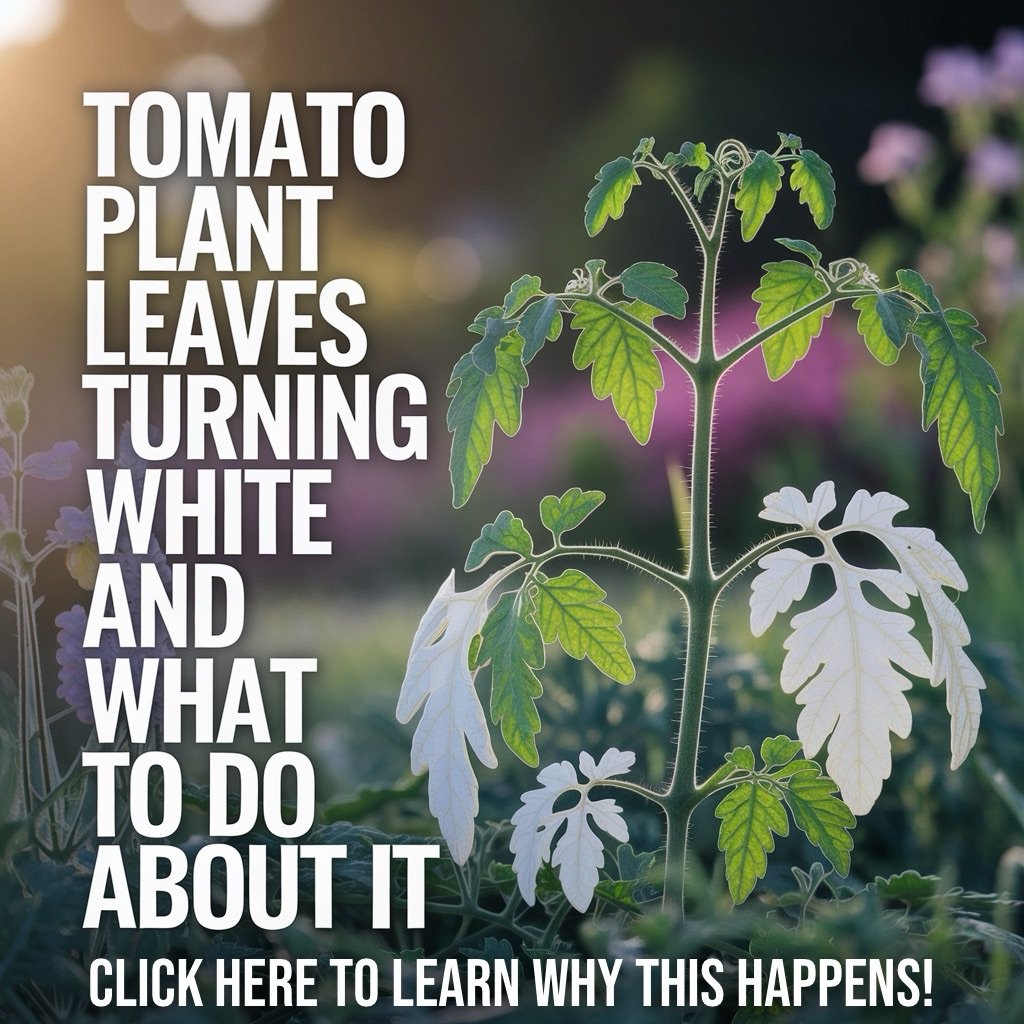
Spots, blotches, or funky leaves?
That’s when I check for fungal issues. I had a nasty case of early blight one year and didn’t catch it in time. Now, I remove the lower leaves once the plant gets taller to improve air circulation, and I never water from above. If things get bad, I’ll use an organic fungicide spray or neem oil.
Bugs? Oh yeah, they’ll show up.
Tomato hornworms, aphids, and whiteflies all love tomatoes as much as we do.
- For hornworms, I check my plants every other day. You can’t miss them—they’re big, green, and leave behind poop (yep).
- Aphids usually gather under the leaves. I spray them off with the hose or hit them with insecticidal soap.
- Neem oil has been my go-to for years—it handles most pests without hurting beneficial insects.
What’s wild is how much of this stuff becomes second nature after a while. At first, I’d panic over every weird leaf. Now I treat it like detective work—and I usually catch the problem before it gets out of hand.
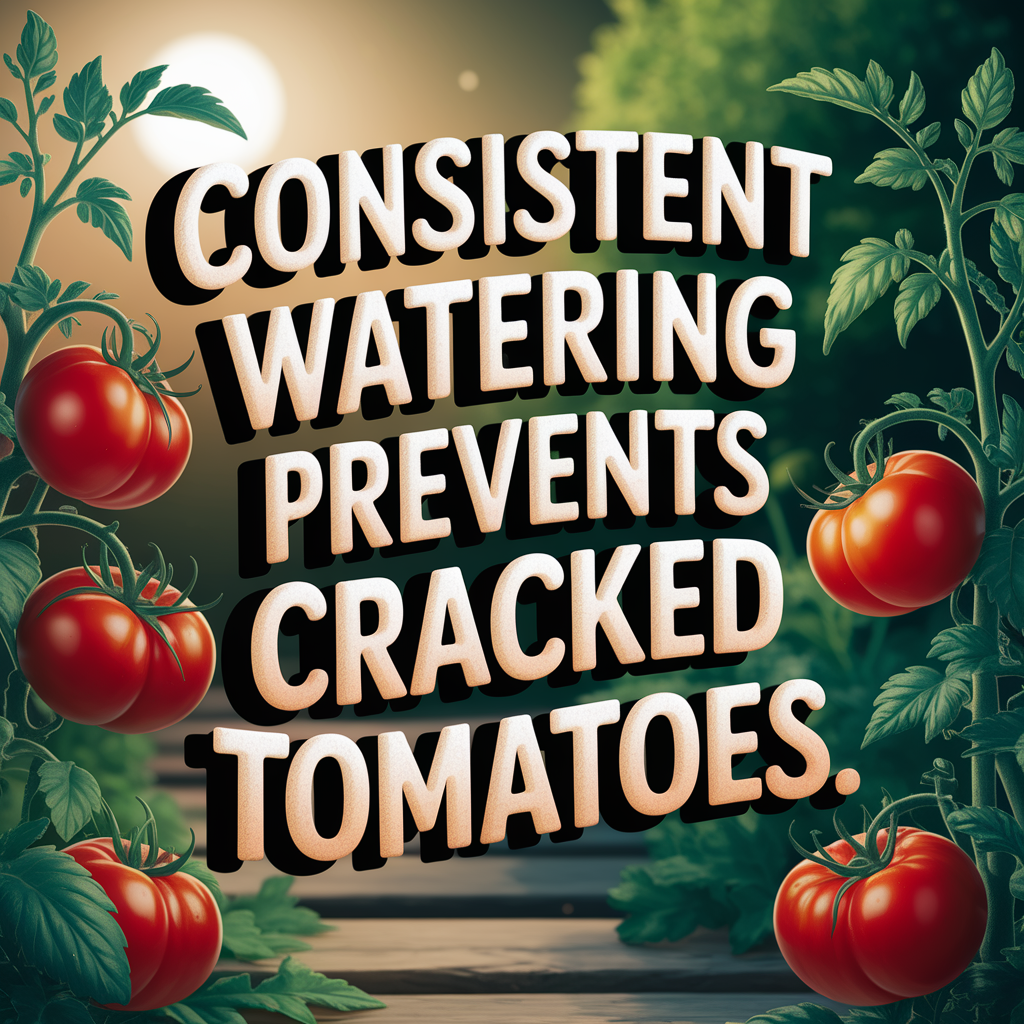
The First Time I Actually Grew a Tomato That Tasted Like Something
This might sound ridiculous, but I still remember the exact tomato that changed everything.
It was a Sun Gold cherry tomato, and it looked like a little orange marble. I picked it, popped it in my mouth, and literally said, “Oh wow.” It was sweet, tangy, and had more flavor than anything I’d ever bought at the store. That one bite made all the mess-ups, dead plants, and overwatered pots totally worth it.
Before that, I honestly didn’t get the hype. I kept seeing people online raving about “homegrown flavor” and assumed it was just gardening people hyping up their hobby. But no—a tomato you grow yourself tastes completely different.
Here’s why I think that first successful harvest meant so much:
- It was mine
I had nurtured that little plant from a seedling. I dealt with bugs, staked it up, and didn’t quit when it got leggy and weird-looking. That tomato wasn’t just food—it was proof that I could actually do this. - It taught me patience
Growing tomatoes isn’t instant. But watching that plant grow and finally give something back felt incredibly rewarding. I was hooked. - It built my confidence
Once I knew I could grow one tomato well, I wanted to try more. Bigger varieties, more plants, better setups. It became this fun experiment—and now, every summer, I’m outside like a proud plant parent checking my vines like clockwork.
That first tomato might seem small, but it’s the reason this entire blog exists. I figured if I could go from clueless to growing something that good, anyone can—with the right help.
And that’s exactly why I’m here.

What I’d Do Differently If I Started Over (and You Can Do Right Now)
If I could hop in a time machine and talk to my tomato-growing self from a few years ago, I’d start by grabbing the watering can out of my hand and saying, “Stop. Just… stop.” Then I’d probably hand myself a checklist and say, “Do thisinstead.”
Here’s exactly what I’d do differently if I were starting from scratch—so you don’t have to learn the hard way like I did.
1. Start small (and don’t go variety crazy)
I used to think I needed a whole fleet of tomato plants to feel like a “real gardener.” Truth is, one or two healthy plants will teach you way more than trying to juggle eight different varieties and losing track of them all. These days, I’d rather grow two solid plants well than five mediocre ones that all compete for space and water.
2. Invest in soil — not gadgets
I bought a ton of cheap tools and gimmicky stuff in the beginning (RIP to the self-watering pot that didn’t water anything). What actually changed my results? Quality soil and compost. That’s it. Don’t get distracted by shiny tools until you’ve nailed the basics.
3. Set up support early
Waiting until your plant is three feet tall and flopping over is like trying to put jeans on after your shoes. I always cage or stake my tomatoes when I plant them—future me always thanks past me for that.
4. Keep a simple routine
Now, I water on a rhythm, feed every couple of weeks, and prune once a week. That’s it. When I started, I was Googling every leaf curl and trying to fix things that didn’t need fixing. Keeping it simple made my tomatoes (and me) happier.
5. Don’t overthink the mistakes
You’re gonna mess up. I still do. That’s just part of gardening. The difference now is that I see those mess-ups as progress. I write down what didn’t work and try something new next season.
If you’re just getting started growing tomatoes at home, take a breath, pick one or two good plants, and stick to the basics. You’ll learn faster, feel more confident, and get better tomatoes without all the stress I put myself through that first year.
Are your tomato plants getting yellow leaves? We have an article just for that! Click here!
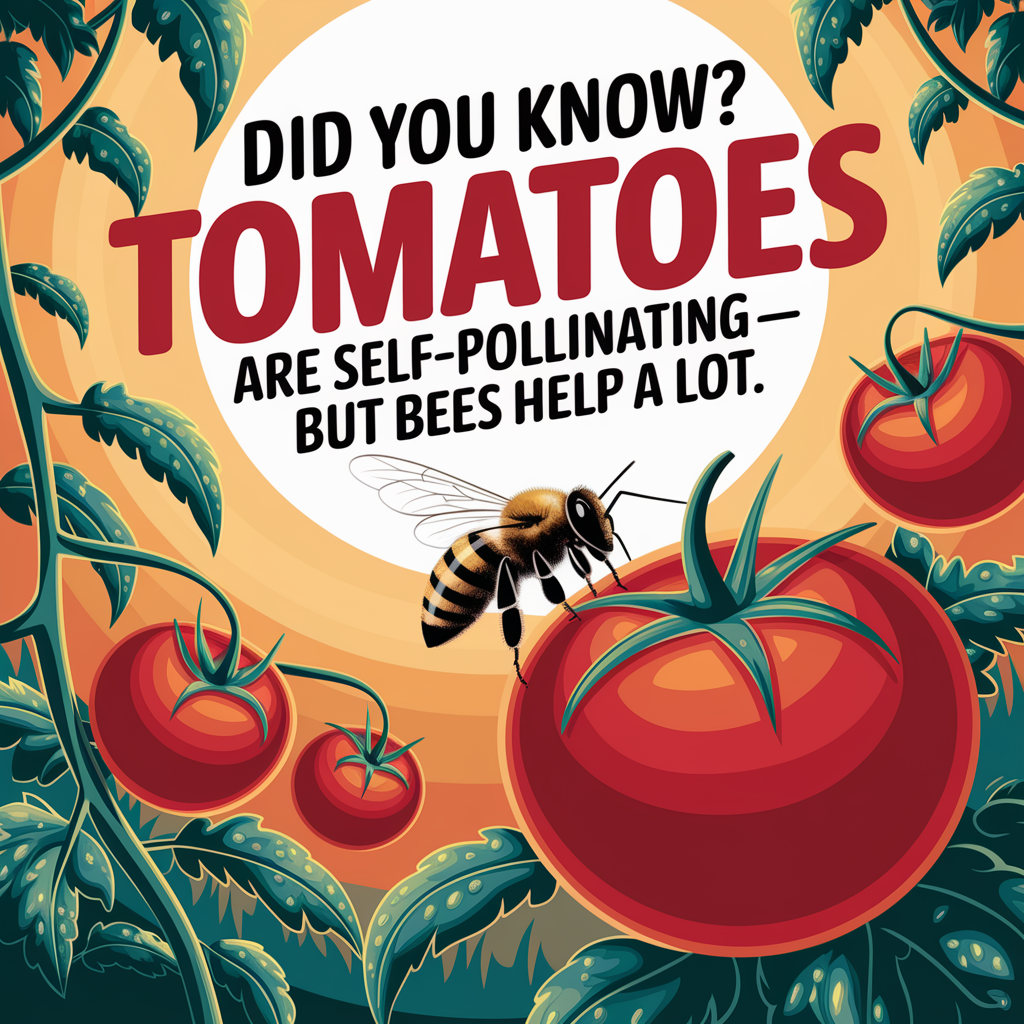
Start Growing Tomatoes at Home Today (It’s Easier With a Little Help)
Here’s the honest truth: you don’t need to be an expert to grow tomatoes—you just need to get started.
You can absolutely grow tomatoes at home, even if you don’t have a big yard, a greenhouse, or any real experience. I started with a single plant in a plastic pot and made every mistake in the book. But once I figured out what mattered (sunlight, soil, water, and picking the right variety), it all started to click.
That’s why I started this site. To take all the guesswork out and share what actually works—from one real person to another.
So if you’re standing there with a pot in one hand and a seed packet in the other, wondering if this is going to work—it can. And I’m here to help.
Bookmark this blog, check out the FAQ, and shoot me a message through the contact page if you’ve got questions or just want to share your tomato wins (or fails—those are welcome too).
Let’s grow something great. 🍅

As an Amazon Associate we earn from qualifying purchases through some links in our articles.

